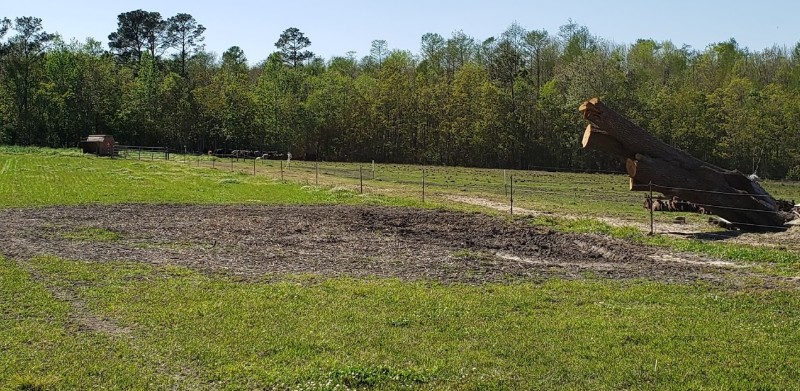
by Mark Mauldin | Mar 29, 2019
Almost six months post Hurricane Michael, ranchers throughout the impacted areas are still feeling the effects of the storm. While many immediate issues caused by the storm have been addressed, the Thanks-to-Michael to-do list continues to grow as the seasons change....
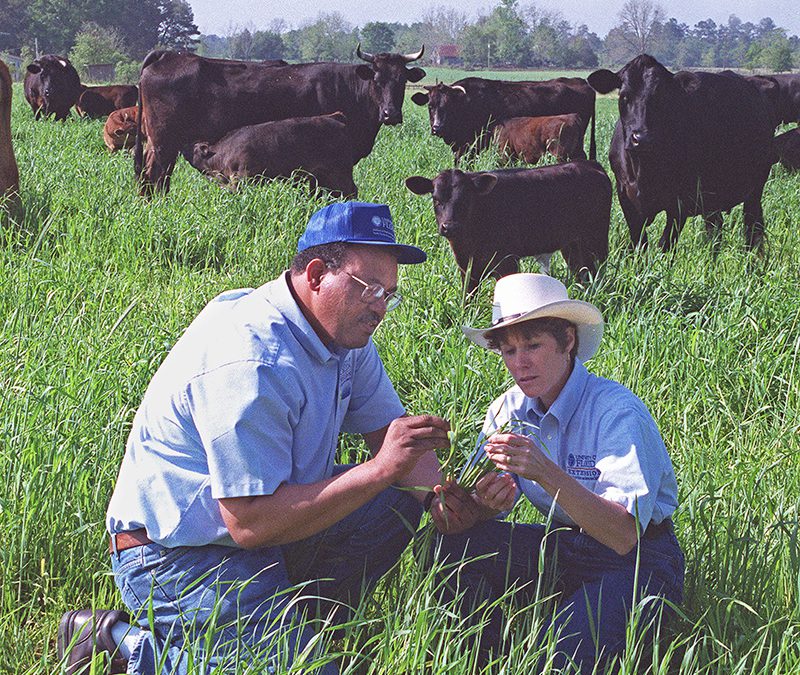
by Doug Mayo | Mar 8, 2019
This week’s featured video was produced by the Florida Department of Agriculture for use at the 2018 Ag Hall Fame Banquet held at the Florida State Fair, in Tampa. Dr. Ann Blount, UF/IFAS Forage breeder, was recognized as the 2018 Woman of the Year in...
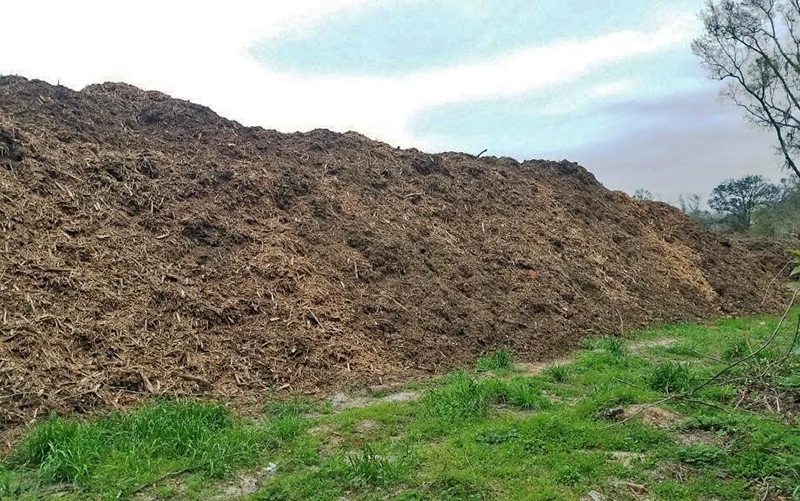
by Michael Mulvaney | Mar 1, 2019
Michael J. Mulvaney,WFREC Cropping Systems Specialsits, Cheryl Mackowiak, NFREC Soil Specialist, David Wright, NFREC Agonomy Specialist, Barry Tillman, NFREC Peanut Breeder, Pat Minogue, NFREC Forestry Specialist The path of Hurricane Michael left an estimated 2.8...
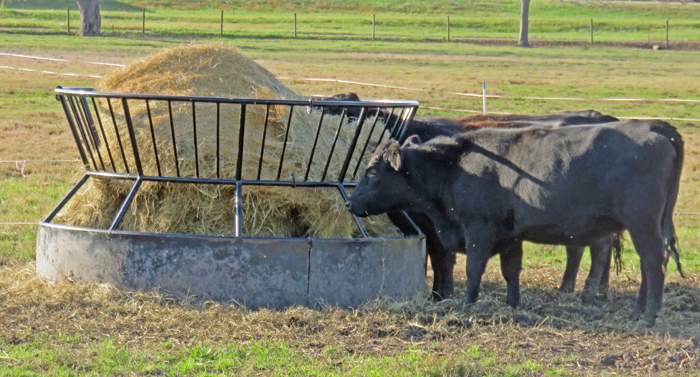
by Doug Mayo | Mar 1, 2019
This week’s featured video was produced by SunUp TV, which is Oklahoma State Extension’s Television show for producers in their state. The topic of this video is the value of rotating or continuously moving hay feeding stations to different locations in a...

by Doug Mayo | Feb 22, 2019
The 34th annual Northwest Florida Beef Conference & Trade Show was held on Wednesday, February 13. A record crowd of 191 ranchers, cattle industry professionals, and extension faculty participated in the event. There were five educational presentations, as well as...
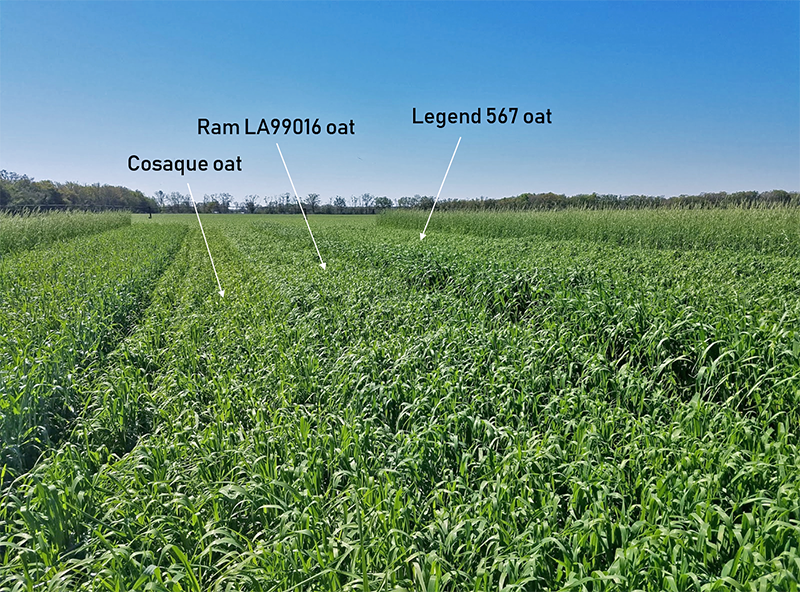
by Marcelo Wallau | Feb 15, 2019
Esteban Rios, Ken Quesenberry, Kevin Kenworthy, Ann Blount, Ali Babar and Marcelo Wallau, UF/IFAS Agronomy Department Local Focus In every extension program presentation, we always recommend and emphasize the importance of our locally-bred forage varieties. There is...







